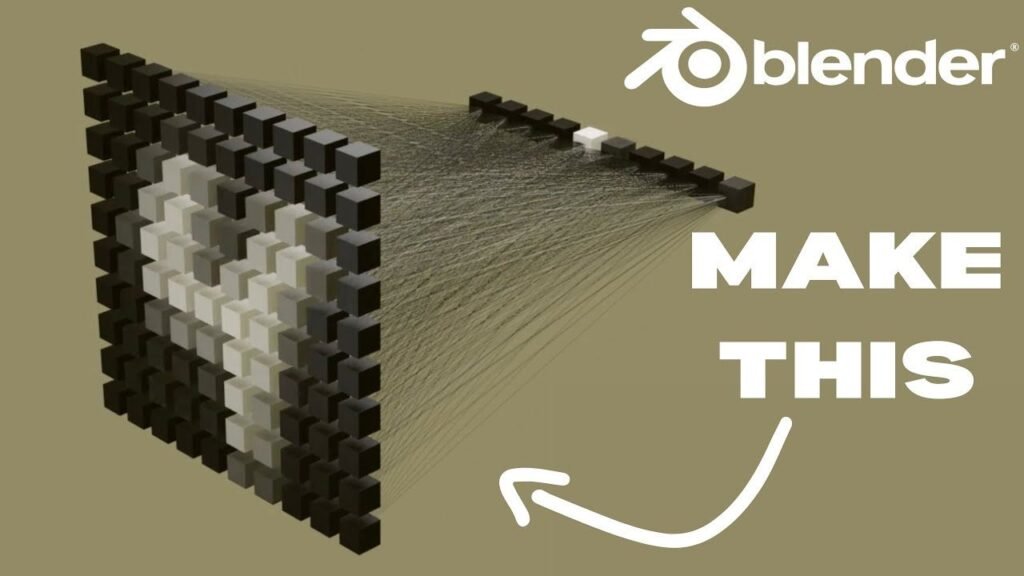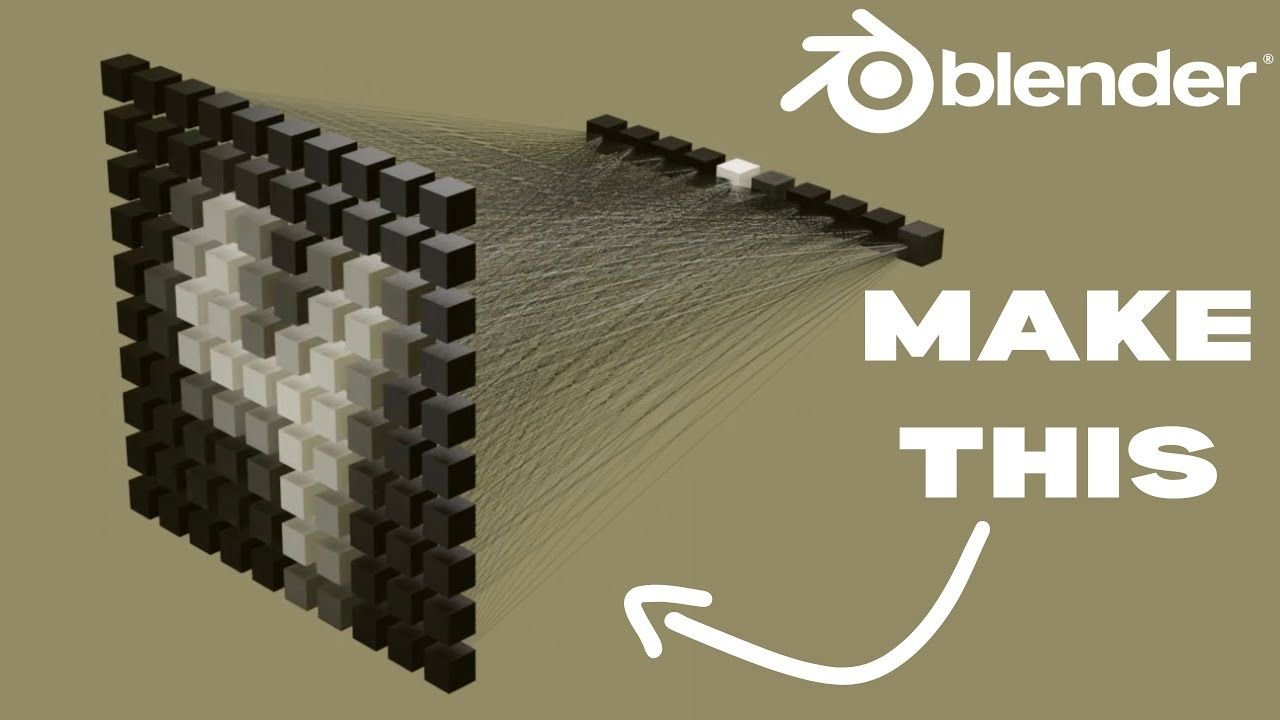Neural Blender is an AI-powered art generator that operates on a text-to-image model. With the help of Neural Blender AI, creating digital art has never been easier. Simply express your desired creation in as much detail as you like, and this remarkable tool will swiftly transform your vision into reality. The level of intricacy in your inputs directly influences the quality of the resulting artwork.
Utilizing cutting-edge technology, Neural Blender can flawlessly depict any concept on a digital canvas, blurring the line between human-made and AI-generated art. Take advantage of the platform’s image upscaling, inpainting, or outpainting features to personalize any available templates. This tool is a perfect choice for creators and artists seeking an exceptional AI image generation experience.
This tool encompasses the task of allocating deformation bones to a character. Traditionally, this process requires manual execution, varies each time, and eventually becomes monotonous.

This description aligns with a category of problems that are challenging to translate into conventional algorithms. However, with a sufficient amount of data, a reasonably accurate statistic can be developed. Machine Learning tools, which utilize statistics to automate procedures, have become increasingly prevalent due to advancements in computing power.
RigNet 90 is a Machine Learning solution that can assign a skeleton to a new character by extrapolating from a collection of examples. It is available under the General Public License Version 3 (GPLv3 5) or a commercial license.
When I witnessed the introduction of skeletal characters during their presentation, I immediately desired a similar feature in blender. Consequently, when the code became publicly accessible, I developed a RigNet addon.
Utilizing python as the programming language facilitated its integration with blender. However, the requirement of third-party modules posed challenges for universal usage.
What is Neural Blender?
Neural Blender stands as a groundbreaking platform that utilizes the capabilities of artificial intelligence to create mesmerizing visuals by interpreting your written descriptions. Whether you are an artist in search of inspiration or an enthusiast delving into the realm of digital art, Neural Blender serves as your ultimate partner. It transcends the boundaries of a mere image-generation website, evolving into a creative haven where imagination flourishes limitlessly.
Key Features of NeuralBlender
Text-to-Image Generation: Neural Blender utilizes cutting-edge AI technology to interpret your textual descriptions and transform them into vibrant images. Whether you desire to transform a simple description into a masterpiece or visualize a scene from your beloved book, Neural Blender delivers with accuracy and creativity.
Create Blends: Immerse yourself in the realm of artistic collaboration by generating “blends” alongside other users. Engage in collaborative projects, exchange ideas, and merge your distinct perspectives to produce captivating visual creations.
Community of Artists: Become a part of a thriving community of artists and creators on the Neural Blender platform. Connect with like-minded enthusiasts, share your work, and draw inspiration from a diverse pool of talent. Neural Blender is more than just a tool; it is a community that nurtures artistic growth and encourages innovation.
Is blender ready for Machine Learning and AI?
The python-based addon system offers great flexibility, making it relatively easy to integrate AI/Machine Learning projects with Blender. However, there are areas that could be improved to enhance the user experience. For instance, providing access to internal voxelization and sampling functions for addons would simplify tasks and improve execution speed. Additionally, having an official solution for expanding the interpreter, similar to a virtualenv for addons, would be beneficial. Lastly, incorporating progress bars or other means of informing users about the current stage of time-consuming operators would be helpful.
Regarding Neural Rigging in Blender, it is still in its early stages. While Machine Learning has been around for some time, its widespread application in rig prediction is relatively new. Currently, rig prediction can assist in skipping certain steps during character setup, but the final result often requires additional refinement.
The requirement of 2 Gigabytes in third-party libraries is uncommon and hopefully can be improved upon. The trained model plays a crucial role in the tool’s functionality, as the actual activity resides in the data rather than the code itself.
It’s worth noting that the original RigNet is released under a dual license, allowing it to be freed from the restrictions of free software if purchased from an authorized vendor. The Blender add-on, on the other hand, is only available under the GPL license but includes RigNet as a component. While technically everything should be fine as long as the GPL is respected, it is advisable to contact the original authors at to[at]umass[dot]edu if any commercial implications arise.
Is Neural Rigging going to improve?
Including additional examples in the training dataset is an initial measure to enhance performance. Moreover, utilizing torchscript 9 can contribute to accelerating the addon’s functionality and enhancing its portability.
